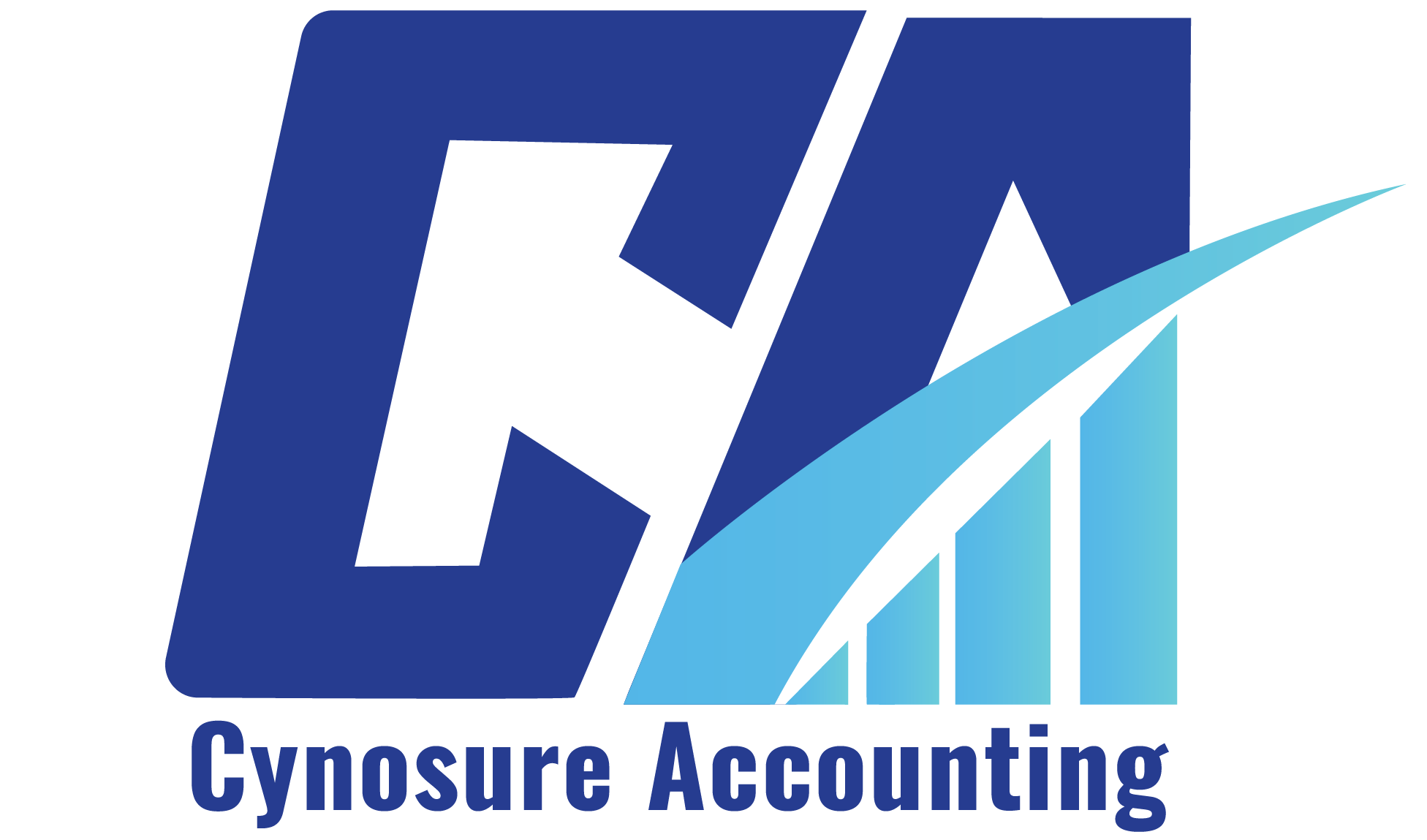Running a small business means juggling numerous tasks, and managing your finances effectively is one of the most important aspects. Bookkeeping software plays a crucial role in simplifying this process. However, to fully leverage its capabilities, it’s essential to focus on Bookkeeping Software optimization. This article will guide you through the best software options, tips for setting up your system, cleaning up your data, and optimizing your processes for maximum efficiency.
Understanding Bookkeeping Software Optimization for Small Businesses
In the fast-paced world of small businesses, using the right bookkeeping software optimization can make all the difference. Efficient bookkeeping software helps streamline your accounting processes, making everything from data entry to payroll easier and more accurate. These tools enable small businesses to manage their accounts payable, accounts receivable, revenue, and expenses without needing a team of accountants.
What Is Bookkeeping Software Optimization?
Bookkeeping Software Optimization is the process of fine-tuning your bookkeeping software to improve its functionality, reduce inefficiencies, and boost productivity. This involves setting up workflows that save time, automate repetitive tasks like invoicing, and ensure accurate financial reporting. With the right setup, you can ensure that your software is working at its best, handling everything from tracking business expenses to managing payroll.
Why Is Bookkeeping Software Optimization Important for Small Businesses?
Efficient bookkeeping software does more than just track income and expenses. It helps small businesses maintain accurate financial records, ensuring compliance with tax regulations and providing insights into business performance. The key benefits of using such software include:
- Accuracy: Automated processes reduce human error, ensuring your financial data is correct.
- Efficiency: Save time on routine tasks like invoicing, data entry, and reconciliation.
- Real-Time Insights: Track cash flow and expenses in real time, allowing for informed decision-making.
- Compliance: Ensure your financial records meet tax and regulatory requirements.
Setting Up Bookkeeping Software for Success
Setting up bookkeeping software properly is critical to making the most of its features. Whether you choose QuickBooks Online or other cloud-based software, following a few key steps will help ensure everything runs smoothly.
Step 1: Choose the Right Software for Your Needs
Different small businesses have different needs. Some may need strong invoicing features, while others might require robust inventory management. For most small businesses, QuickBooks Online is a solid choice. It’s user-friendly and offers a variety of features including expense tracking, invoicing, payroll, and integration with CRM tools.
When choosing your software, consider the following:
- Accounting Needs: Do you need to track inventory or handle payroll directly in the system?
- Automation Features: Does the software offer automated features to handle invoices, expenses, and receipts?
- Integration: Will the software integrate with other business applications like your CRM, inventory management system, or subscription tools?
Step 2: Set Up Accounts and Workflows
Once you’ve chosen your software, it’s time to set it up. Begin by inputting your company’s details, including your chart of accounts, which will help categorize all financial transactions. Workflows, such as automating invoicing or setting up recurring billing, will save you time in the long run. Additionally, setting up tax rates, payment methods, and expense categories can help organize your business’s finances.
Step 3: Train Your Team
If you have a team managing your financial records, it’s crucial to provide proper training. Make sure they understand how to use the bookkeeping software and follow standardized workflows. This ensures consistency across all financial processes.
Clean-Up Tips for Bookkeeping Data
After setting up your bookkeeping software, it’s important to periodically clean up your data to maintain accuracy and optimize performance. Here’s how to keep your records in tip-top shape:
Tip 1: Reconcile Accounts Regularly
Reconciliation involves comparing your financial records with your bank statements to ensure everything matches. By doing this regularly, you can catch errors early and ensure that your records are accurate. Most modern accounting software can automate this process, saving you time and effort.
Tip 2: Automate Invoicing and Receipts
Manual invoicing and receipt tracking can be time-consuming and prone to errors. By automating these tasks through your bookkeeping software, you can streamline your processes and reduce the likelihood of mistakes. Many bookkeeping systems, including QuickBooks, allow you to automate recurring invoices and track receipts.
Tip 3: Clean Up Old Data
Over time, your bookkeeping records may accumulate outdated information. Cleaning up old records and transactions that are no longer relevant to your business can help prevent data overload and keep your system running smoothly. This includes archiving old invoices, payments, and expenses that are no longer needed.
Tip 4: Monitor Accounts Payable and Receivable
It’s important to regularly review your accounts payable and receivable to ensure that all payments are up to date. Missing a payment can disrupt your cash flow, while overdue receivables can affect your business’s revenue. Bookkeeping software with automated reminders can help you stay on top of both payables and receivables.
Optimizing Bookkeeping Software for Maximum Efficiency
Once your bookkeeping software is set up and your data is clean, the next step is optimizing it for maximum efficiency. This ensures that your software works seamlessly and reduces time spent on manual tasks.
1. Automate Data Entry
Data entry is one of the most time-consuming aspects of bookkeeping. Many accounting software tools now offer automatic data entry features, which can save time by pulling transaction details directly from your bank or payment processor. This reduces the likelihood of manual errors and increases efficiency.
2. Monitor Cash Flow and Expenses
Proper cash flow management is critical for small businesses. Ensure your software is set up to track and forecast cash flow. This will help you identify potential issues before they become problems and ensure you can pay bills on time.
3. Use Reports for Process Optimization
Most bookkeeping software includes customizable reports that can provide insights into your business’s financial health. Regularly reviewing profit and loss statements, balance sheets, and other key reports can help you identify inefficiencies, monitor growth, and adjust your business strategy accordingly.
For small businesses, the right bookkeeping software can simplify complex financial tasks, increase accuracy, and save time. Whether you use QuickBooks or another software solution, it’s important to choose one that fits your business’s unique needs. By following best practices for setup, clean-up, and optimization, you can ensure that your software works efficiently, keeping your business’s finances in order. Remember, consistency is key—regularly update and optimize your bookkeeping practices to stay ahead of inefficiencies and keep your business running smoothly.

